- Home
- Features
- Movies/Media
- Collectibles
- Comics/Books
-
Databases
-
Figure Database
>
-
X-Plus Toho/Daiei/Other
>
- X-Plus 30 cm Godzilla/Toho Part One
- X-Plus 30 cm Godzilla/Toho Part Two
- X-Plus Large Monster Series Godzilla/Toho Part One
- X-Plus Large Monster Series Godzilla/Toho Part Two
- X-Plus Godzilla/Toho Pre-2007
- X-Plus Godzilla/Toho Gigantic Series
- X-Plus Daiei/Pacific Rim/Other
- X-Plus Daiei/Other Pre-2009
- X-Plus Toho/Daiei DefoReal/More Part One
- X-Plus Toho/Daiei DefoReal/More Part Two
- X-Plus Godzilla/Toho Other Figure Lines
- X-Plus Classic Creatures & More
- Star Ace/X-Plus Classic Creatures & More
-
X-Plus Ultraman
>
- X-Plus Ultraman Pre-2012 Part One
- X-Plus Ultraman Pre-2012 Part Two
- X-Plus Ultraman 2012 - 2013
- X-Plus Ultraman 2014 - 2015
- X-Plus Ultraman 2016 - 2017
- X-Plus Ultraman 2018 - 2019
- X-Plus Ultraman 2020 - 2021
- X-Plus Ultraman 2022 - 2023
- X-Plus Ultraman Gigantics/DefoReals
- X-Plus Ultraman RMC
- X-Plus Ultraman RMC Plus
- X-Plus Ultraman Other Figure Lines
- X-Plus Tokusatsu
- Bandai/Tamashii >
- Banpresto
- NECA >
- Medicom Toys >
- Kaiyodo/Revoltech
- Diamond Select Toys
- Funko/Jakks/Others
- Playmates Toys
- Art Spirits
- Mezco Toyz
-
X-Plus Toho/Daiei/Other
>
- Movie Database >
- Comic/Book Database >
-
Figure Database
>
- Marketplace
- Kaiju Addicts
|
Mighty Joe Young (a.k.a. Mr. Joseph Young of Africa and The Great Joe Young) is a 1949 American black-and-white fantasy film from RKO Radio Pictures made by the same creative team responsible for King Kong (1933). Produced by Merian C. Cooper, who wrote the story, and Ruth Rose who wrote the screenplay, the film was directed by Ernest B. Schoedsack and stars Robert Armstrong (who appears in both films), Terry Moore, and Ben Johnson in his first credited screen role. Mighty Joe Young tells the story of a young woman, Jill Young, living on her father's ranch in Africa, who has raised the title character, a giant gorilla, from an infant and years later brings him to Hollywood seeking her fortune so she can save the family homestead.
Needing the proffered income, she decides she must take Joe to Hollywood. On the crowded opening night, Joe makes his first onstage appearance, lifting a large platform with a piano above his head while Jill plays it. Joe then has a tug-of-war with "the 10 strongest men in the world", which he easily wins. Heavyweight boxer Primo Carnera then tries to box with Joe, but Joe playfully tosses the famous boxer into the audience, followed by laughter. Joe's popularity grows, and by the 10th week he is Hollywood's biggest nightclub attraction. But Joe and Jill are beginning to miss their African home; Jill tells Max and Gregg that she is having second thoughts. Gregg tries to convince Max to let them go home but, thinking only about more profit, he is able to glibly forestall her leaving. By the 17th week, Joe is miserable; he has grown tired of performing and is homesick. To make matters worse, his next act is a humiliating performance playing an organ grinder's monkey with Jill, acting as a little girl, turning the handle. When a thrown bottle strikes Joe, he becomes angry, roaring at the crowd while Jill shouts for the audience to stop. Later, during dinner, Gregg and Jill express their feelings for one another, with Gregg agreeing to return with her to Africa. In his cage an unhappy Joe tries to ignore three drunks who have sneaked backstage; they offer Joe an open whiskey bottle, and he becomes intoxicated after two more open bottles are offered. Thinking it now safe to taunt him, the drunks burn Joe's fingers with a cigarette lighter. Roaring with pain and rage, he breaks out, smashing through a nearby wall, then wrecking the nightclub's interior. He also smashes the glass of the lion habitat, allowing the lions to escape into the crowded nightclub, where Joe kills several of them. Jill and Gregg return and find the nightclub in chaos. Jill manages to get Joe back to his cage, while arriving police shoot the remaining lions. A court decree orders Joe to be destroyed, and Jill's pleas to save him are denied. Gregg, O'Hara, and Jill devise a plan to get Joe out of California using a moving van, then a cargo ship. When Joe's executioners arrive to put him down, they find his cage empty and themselves locked inside the nightclub. As the van is leaving, Joe is spotted by an itinerant worker, who later informs the authorities. On the way to the ship, police spot the moving van and give chase. But Joe has been cleverly transferred to a covered truck, and the moving van, driven by Max, is just a decoy. The police eventually stop the van and arrest Max. Driven by Gregg and carrying Joe and Jill, the truck gets stuck in heavy mud. With Jill's encouragement, Joe pushes the truck free, and the police then get stuck in the same mud as the truck drives away. Before reaching port and the cargo ship, they come upon a burning, multistory orphanage engulfed in flames. Jill and Gregg help the caretakers save the children. They act fast and most of the children are saved, but the flames spread quickly, and a last group, along with Jill and Gregg, are suddenly trapped on the top story. At Jill's urging, Joe braves the raging fire by climbing an adjacent tall tree, carrying Jill to safety, while Gregg lowers each child by rope to the ground. One child is left behind, so Joe climbs up again, grabbing the little girl, then he and Gregg climb down; an orphanage wall collapses as they near the ground, almost killing Joe and the little girl. Max assures Jill that, because of Joe's heroism, his life will now be spared. Much later, Max receives home movies from his friends, letting the audience know that Jill and Gregg, now married and living on their ranch with Joe, made it safely back to Africa. Joe waves "Goodbye", along with Jill and Gregg, to Max. Cast
Uncredited performances with dialogue:
Production Willis O'Brien, who created the animation for King Kong, was the supervisor of the film's stop motion animation special effects. Ray Harryhausen was hired in 1947 on his first film assignment as an assistant animator to O'Brien. O'Brien, however, ended up concentrating on solving the various technical problems of the production, delegating most of the actual animation to Harryhausen; Pete Peterson and Marcel Delgado also animated a few sequences in the film. The models (constructed by Kong's builder Marcel Delgado) and animation are more sophisticated than in King Kong, containing more subtle gestures and even some comedic elements, such as a chase scene where Joe is riding in the back of a speeding truck and spits at his pursuers. Despite this increased technical sophistication, this film, like Kong, features some serious scale issues, with Joe noticeably changing size between many shots. (The title character is not supposed to be as large as Kong, perhaps 10–12 feet tall.) Harryhausen attributed these lapses to producer Cooper, who insisted Joe appear larger in some scenes for dramatic effect. Buoyed by the enormous success of King Kong in 1933 and its profitable theatrical reissues in 1938, 1942, and 1946, RKO had great hopes for Mighty Joe Young. Upon its release in 1949, the film was honored with an Academy Award for Special Effects (a category that did not exist in 1933 for King Kong). The film was unsuccessful at the box office and recorded a loss of $675,000. As a result, plans to produce a sequel (tentatively titled "Joe Meets Tarzan") were quickly dropped. The film has become a stop-motion animation classic. Special effects artists consider it highly influential, with the elaborate orphanage rescue sequence lauded as one of the great stop-motion sequences in film history. It was remade in 1998 with Charlize Theron playing Jill and Bill Paxton as Greg. Reception
Film critic Thomas M. Pryor in his review for The New York Times said that Merian Cooper and Ernest Schoedsack, as producer and director, "... are endeavoring to make all the world love, or at the very least feel a deep sympathy for, their monstrous, mechanical gorilla." The review in Variety had a similar opinion: "Mighty Joe Young is fun to laugh at and with, loaded with incredible corn, plenty of humor, and a robot gorilla who becomes a genuine hero. The technical skill of the large staff of experts (led by Willis O’Brien and Ray Harryhausen) gives the robot life." Awards Mighty Joe Young won the Academy Award for Best Visual Effects; the only other nominee that year was the film Tulsa. At the time, the rules of the Academy dictated that the producer of the winning film receive the Oscar. However, in recognition of his work on this picture and on King Kong, producer Merian C. Cooper presented the award to Willis O'Brien.
0 Comments
Leave a Reply. |
Release Dates
November 2023
|
|
© 2011-2024 Kaiju Battle. All Rights Reserved.
|
Visit Our Social Media Sites
|
Proudly powered by Weebly
|
- Home
- Features
- Movies/Media
- Collectibles
- Comics/Books
-
Databases
-
Figure Database
>
-
X-Plus Toho/Daiei/Other
>
- X-Plus 30 cm Godzilla/Toho Part One
- X-Plus 30 cm Godzilla/Toho Part Two
- X-Plus Large Monster Series Godzilla/Toho Part One
- X-Plus Large Monster Series Godzilla/Toho Part Two
- X-Plus Godzilla/Toho Pre-2007
- X-Plus Godzilla/Toho Gigantic Series
- X-Plus Daiei/Pacific Rim/Other
- X-Plus Daiei/Other Pre-2009
- X-Plus Toho/Daiei DefoReal/More Part One
- X-Plus Toho/Daiei DefoReal/More Part Two
- X-Plus Godzilla/Toho Other Figure Lines
- X-Plus Classic Creatures & More
- Star Ace/X-Plus Classic Creatures & More
-
X-Plus Ultraman
>
- X-Plus Ultraman Pre-2012 Part One
- X-Plus Ultraman Pre-2012 Part Two
- X-Plus Ultraman 2012 - 2013
- X-Plus Ultraman 2014 - 2015
- X-Plus Ultraman 2016 - 2017
- X-Plus Ultraman 2018 - 2019
- X-Plus Ultraman 2020 - 2021
- X-Plus Ultraman 2022 - 2023
- X-Plus Ultraman Gigantics/DefoReals
- X-Plus Ultraman RMC
- X-Plus Ultraman RMC Plus
- X-Plus Ultraman Other Figure Lines
- X-Plus Tokusatsu
- Bandai/Tamashii >
- Banpresto
- NECA >
- Medicom Toys >
- Kaiyodo/Revoltech
- Diamond Select Toys
- Funko/Jakks/Others
- Playmates Toys
- Art Spirits
- Mezco Toyz
-
X-Plus Toho/Daiei/Other
>
- Movie Database >
- Comic/Book Database >
-
Figure Database
>
- Marketplace
- Kaiju Addicts

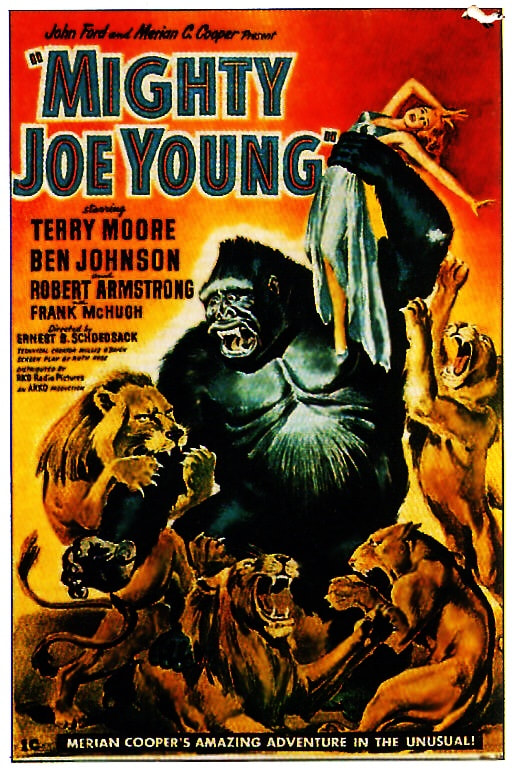
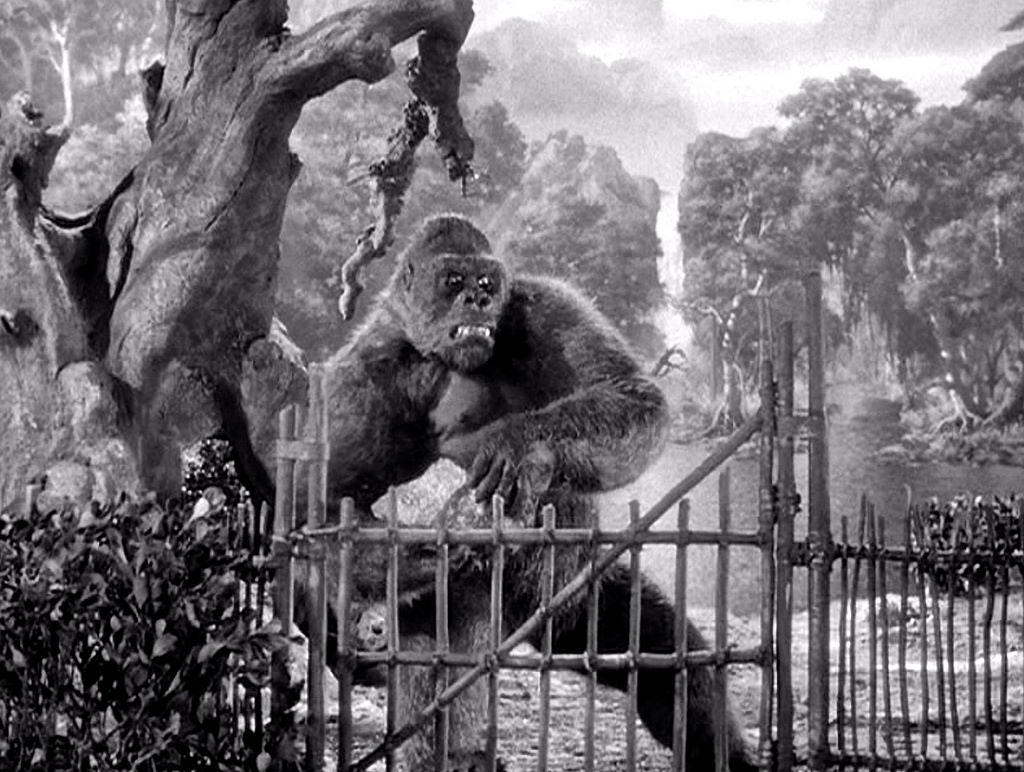
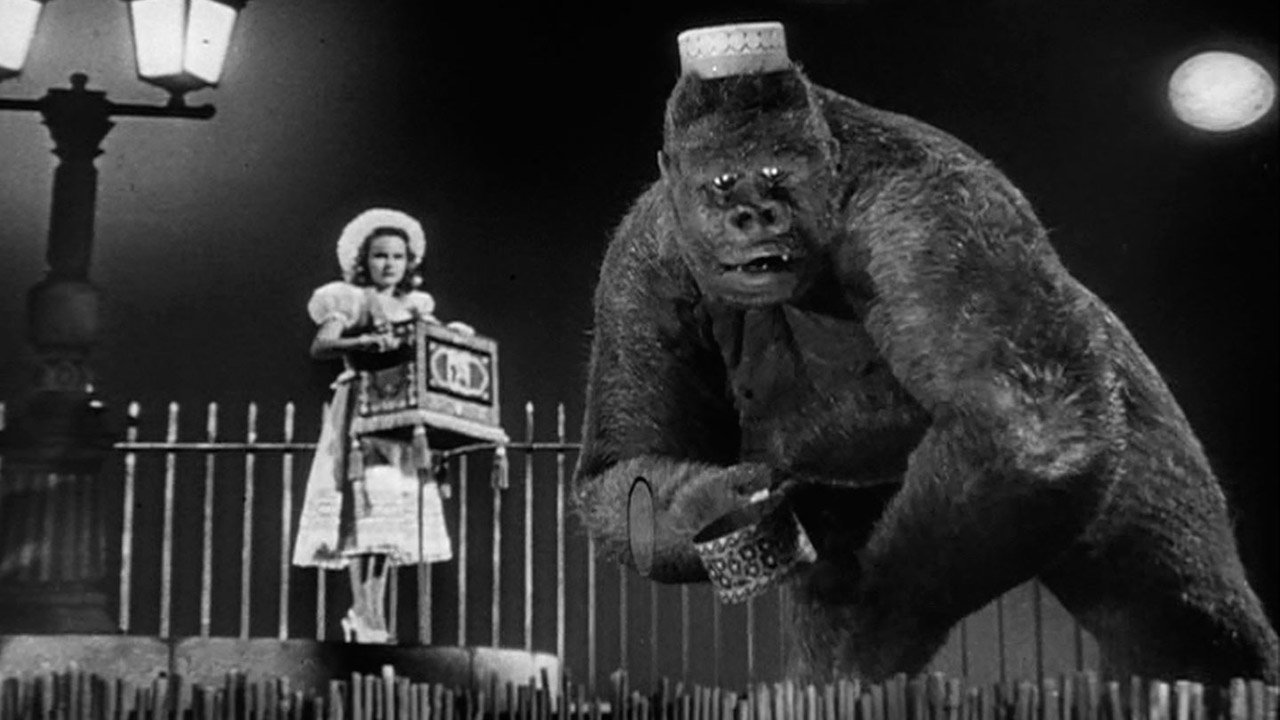
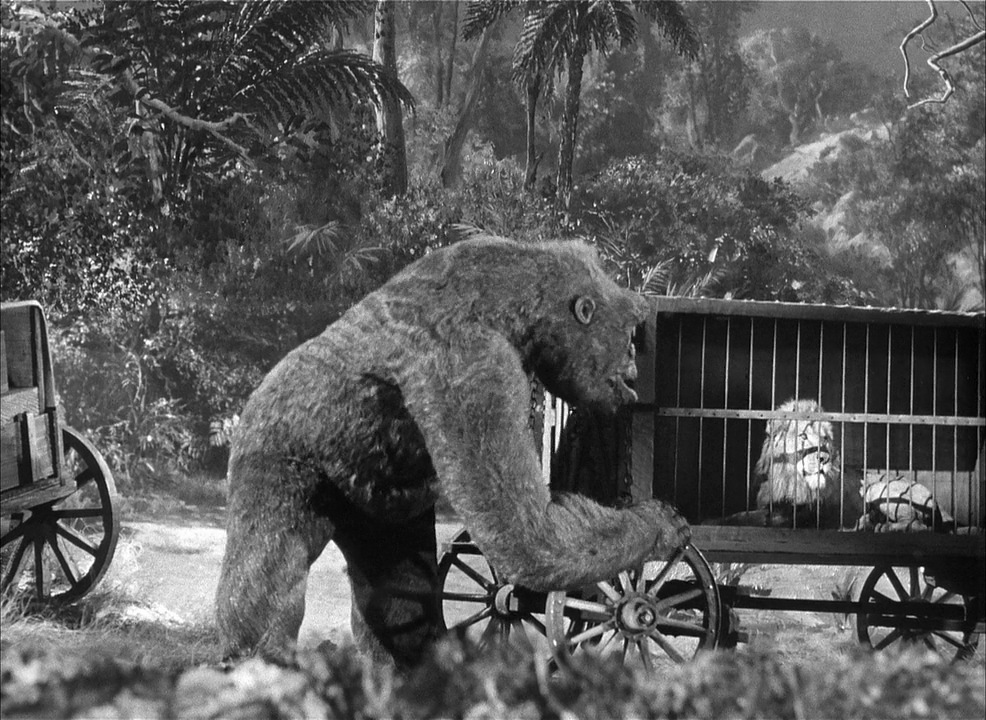
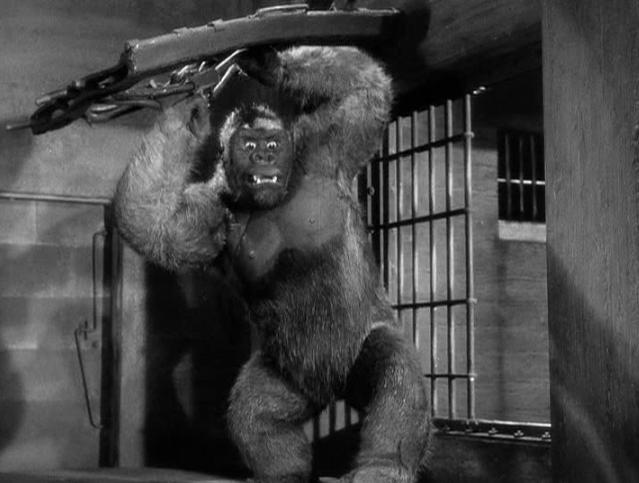
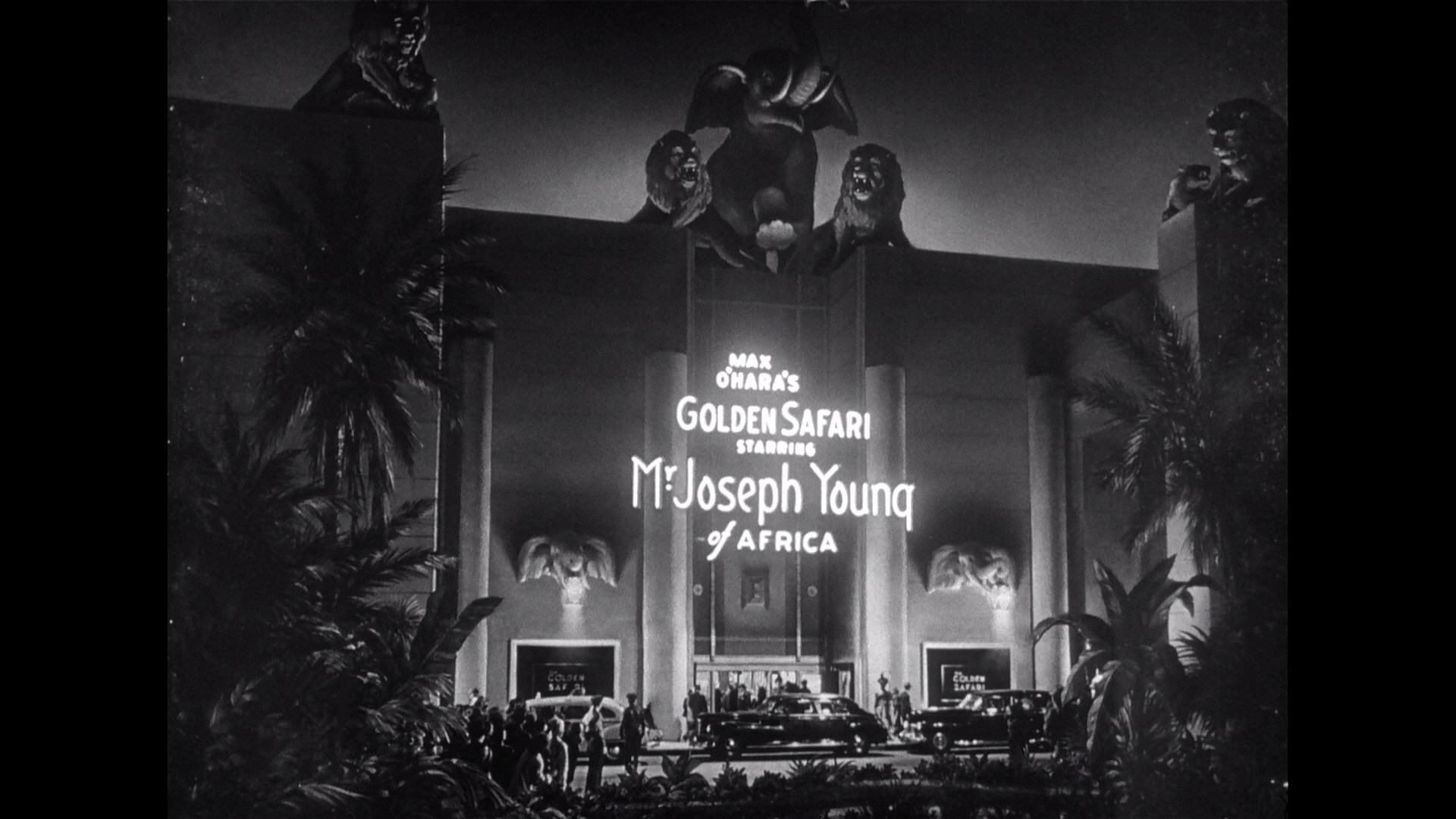
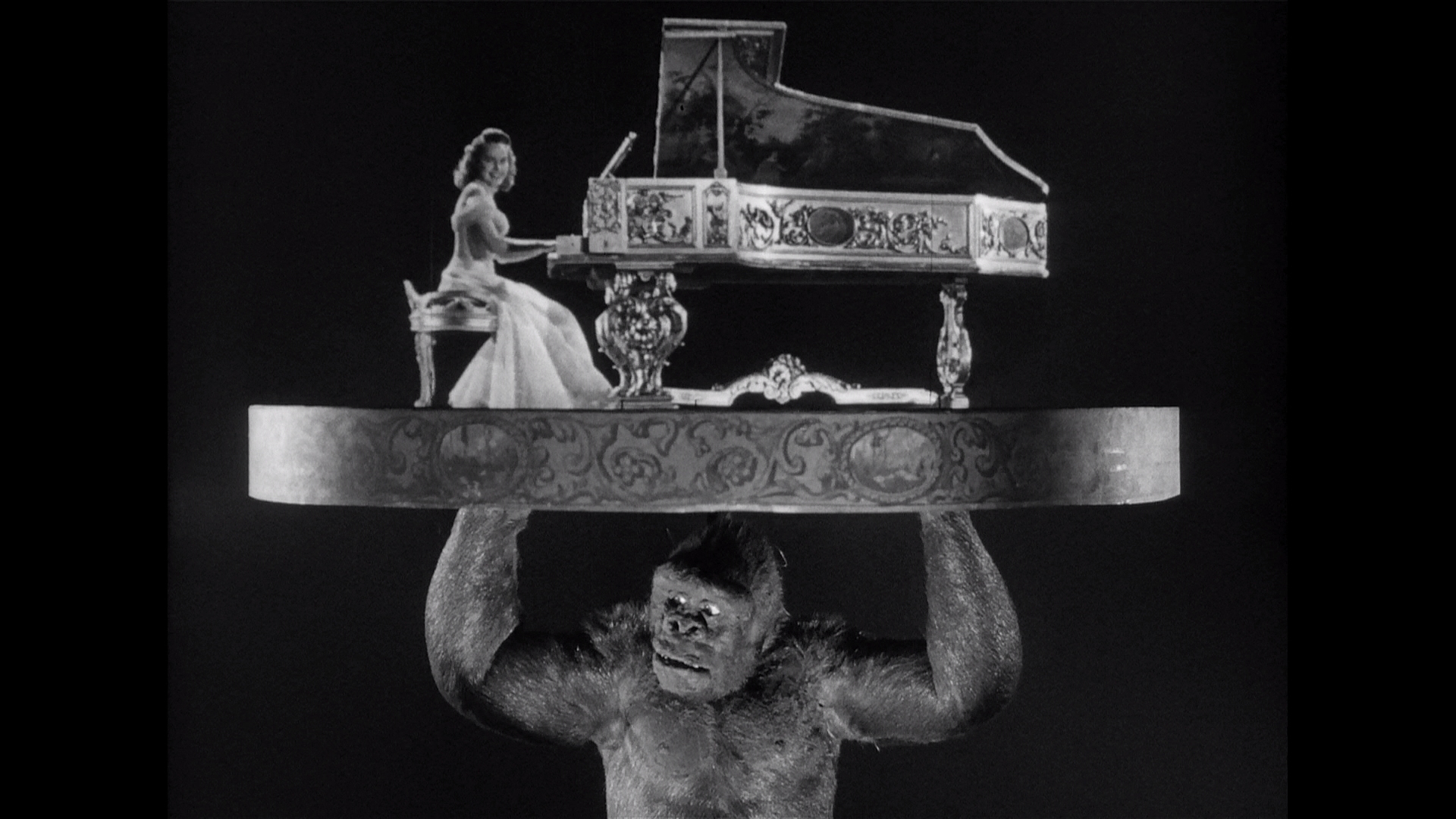
 RSS Feed
RSS Feed